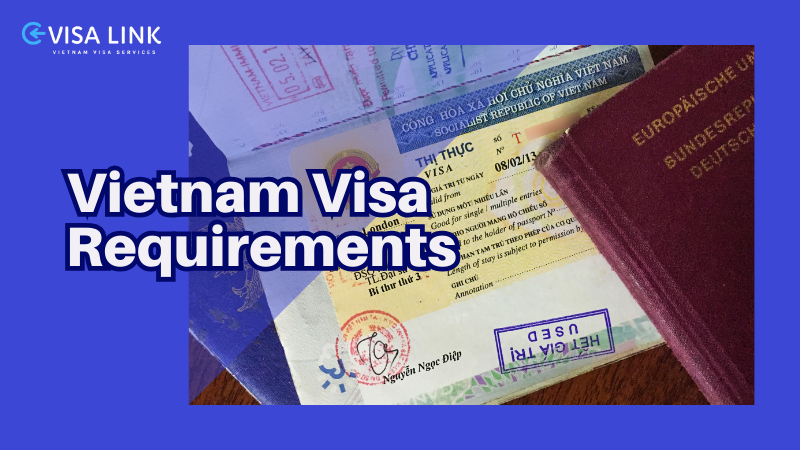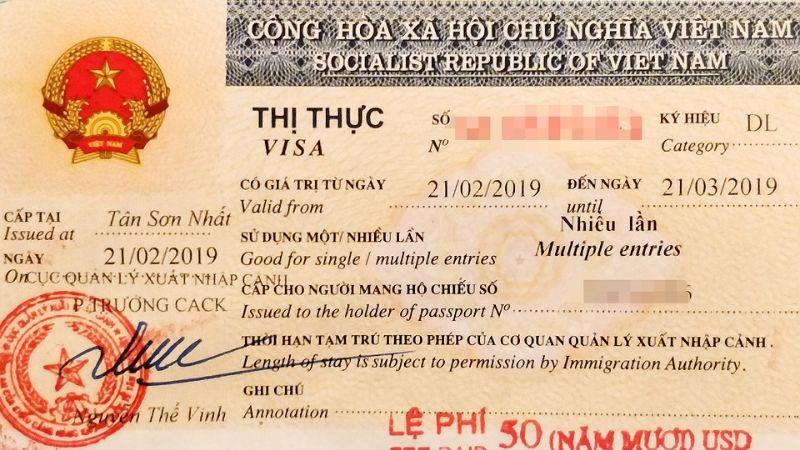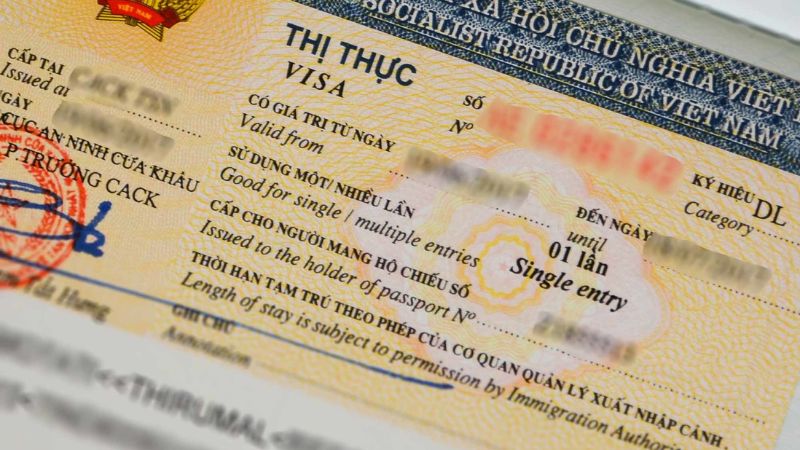Travelers from around the world can easily obtain a Vietnam e-Visa online. You just need to meet a few simple Vietnam visa requirements. If you meet these requirements, you can enjoy the convenience of applying for your Vietnam e-Visa from the comfort of your own home. You don’t need to visit a Vietnamese embassy or consulate in person to deal with paperwork.
What do you need for a Vietnam visa?
If you’re planning a trip to Vietnam, you’ll likely need a visa, as per Vietnam’s travel rules. Fortunately, applying for an e-Visa online is the fastest and simplest option.
To meet the 2023 Vietnam visa requirements, you must submit documents and fulfill conditions online.
Additionally, you should be a citizen of one of the countries eligible for the e-Visa.
Eligibility for Vietnam e-Visa
If you plan to visit Vietnam for any of the following purposes, you can apply for a Vietnam electronic visa, which lets you stay for up to 90 days:
- Tourism
- Business
- Visiting friends or relatives
- Investing in a Vietnamese enterprise
- Temporary work or employment
- Journalism
- Pursuing studies
- Official visit or summit
If you plan to stay in Vietnam for an extended period, you can start by getting an eVisa to enter the country. Later, before your current visa expires, you can apply for a new one. In this situation, you’ll need a sponsor in Vietnam, which can be an agency, organization, or an individual. Your sponsor will handle the application with the Vietnam Immigration Department on your behalf.
What you need for your Vietnam visa application
Before applying for an online visa to Vietnam, ensure you have the following items prepared to meet the Vietnamese electronic visa requirements:
- A passport from an eligible country
- A digital scan of the biographical page of your passport
- A digital passport-style color photo
- A credit or debit card
- An email address
Ensure that your recent passport-style color photo complies with the Vietnam eVisa photo requirements.
Info you need for your Vietnam visa application
When you apply for a Vietnam Visa online, you will need to provide some personal information. Don’t fret; the process is fast and straightforward. Here’s what you’ll need to fill in:
- Personal Info: Your full name, address, date of birth, and more.
- Passport Details: Your passport number, expiry date, nationality, and the like.
- Travel Itinerary: Dates, Accommodation, and Other Travel Details.
Ensuring the accuracy of the information you enter into the form is of utmost importance. Even small mistakes can cause delays or even rejection of your eVisa for Vietnam.
Once we approve it, we will send a PDF of your Vietnam eVisa to your email. Just print it out and present it at the Vietnam border when you enter.
Entering Vietnam without a visa
Most visitors to Vietnam need a valid visa, according to their entry requirements. However, there are two different ways to obtain it:
- If your passport is from a country that qualifies for e-Visa, you can conveniently apply online for your visa.
- For travelers from countries not eligible for e-Visa, the process involves applying for a visa at a Vietnamese embassy or consulate, which can take more time.
What is Vietnam’s visa exemption?
If you’re from certain countries, you can visit Vietnam for a short time without needing a visa. This means you can enter the country and stay for a specific number of days without the hassle of a visa application. The duration of your stay without a visa depends on your nationality.
As a visa-exempt traveler, all you need is a valid passport from a country that has an agreement with Vietnam for visa exemption.
Just a reminder, if you’re staying in Vietnam for an extended period or have plans to live, study, work, or visit for purposes not covered by the visa exemption, you’ll still need to apply for a visa.
Vietnam electronic visa (E-VISA)
Starting from August 15, 2023, Vietnam is offering e-visas to citizens from all countries and territories. These e-visas allow for a 90-day stay and are valid for multiple entries.
Here’s a list of the border gates where foreigners can enter and exit Vietnam using the E-visa:
Vietnam has 13 International airports
- Noi Bai (Ha Noi)
- Tan Son Nhat (Ho Chi Minh City)
- Cam Ranh (Khanh Hoa)
- Da Nang
- Cat Bi (Hai Phong)
- Can Tho
- Phu Quoc (Kien Giang)
- Phu Bai (Thua Thien Hue)
- Van Don (Quang Ninh)
- Tho Xuan (Thanh Hoa)
- Dong Hoi (Quang Binh)
- Phu Cat (Binh Dinh)
- Lien Khuong (Lam Dong)
Vietnam’s 16 land border crossings
- Tay Trang (Dien Bien)
- Mong Cai (Quang Ninh)
- Huu Nghi (Lang Son)
- Lao Cai
- Na Meo (Thanh Hoa)
- Nam Can (Nghe An)
- Cau Treo (Ha Tinh)
- Cha Lo (Quang Binh)
- La Lay and Lao Bao (Quang Tri)
- Bo Y (Kon Tum)
- Moc Bai and Xa Mat (Tay Ninh)
- Tinh Bien and Vinh Xuong (An Giang)
- Ha Tien (Kien Giang)
Vietnam’s 13 sea border entry points
- Hon Gai and Cam Pha (Quang Ninh)
- Hai Phong
- Nghi Son (Thanh Hoa)
- Vung Ang (Ha Tinh)
- Chan May (Thua Thien Hue)
- Da Nang
- Nha Trang (Khanh Hoa)
- Quy Nhon (Binh Dinh)
- Dung Quat (Quang Ngai)
- Vung Tau (Ba Ria – Vung Tau)
- Ho Chi Minh City
- Duong Dong (Kien Giang)
Important Vietnam e-Visa rules and requirements
When traveling to Vietnam using the e-Visa, it’s crucial to ensure that your passport meets specific conditions:
- Your passport should be valid for at least 6 months from your arrival date in Vietnam.
- Ensure you have a minimum of 2 blank pages for visa stamps.
- The e-Visa is valid for 90 days and permits multiple entries to Vietnam.
Do kids need an e-Visa for Vietnam?
You can include your child in your e-Visa application if they are 14 or under and listed in your passport. However, you need to submit a separate visa application for:
- Children with their own passport.
- Children aged 14 and above.




